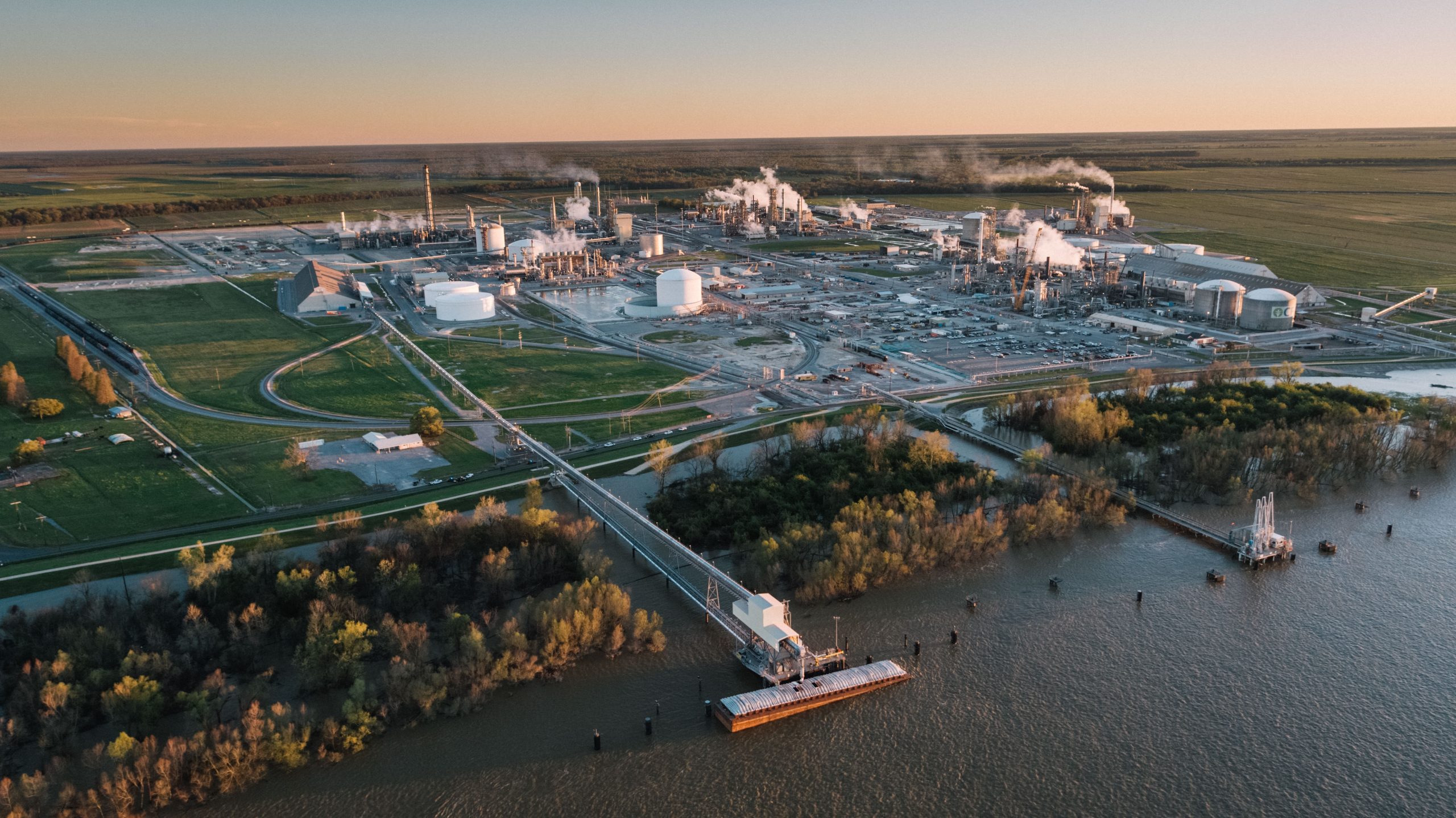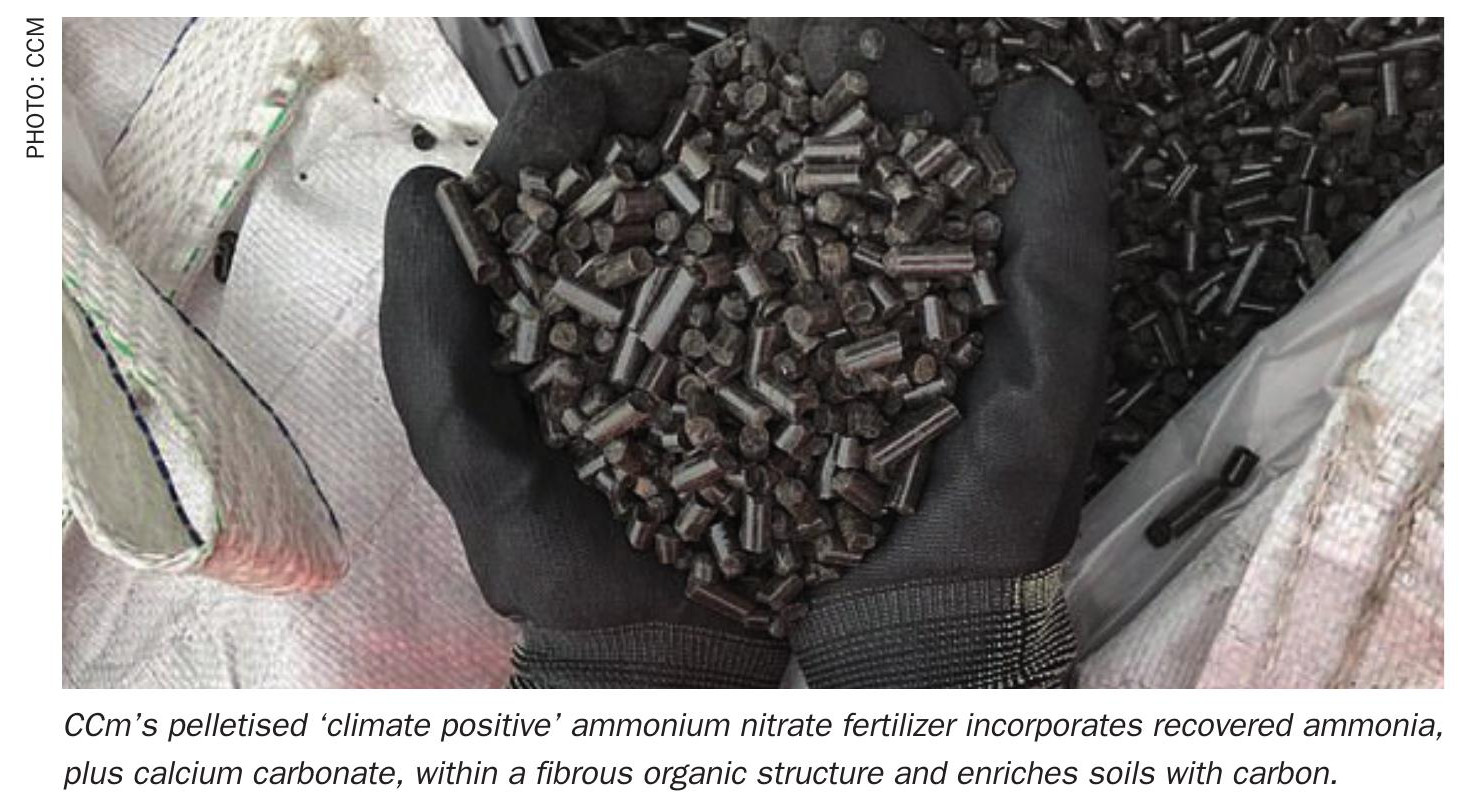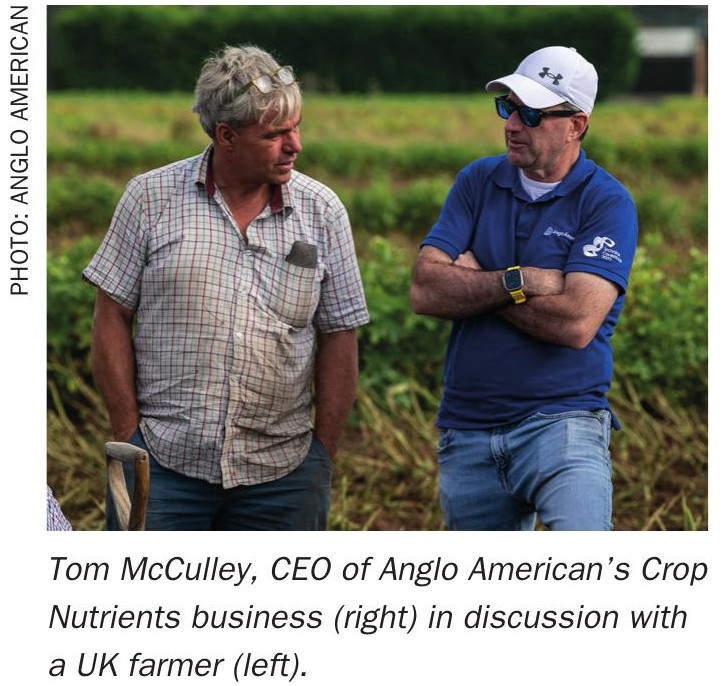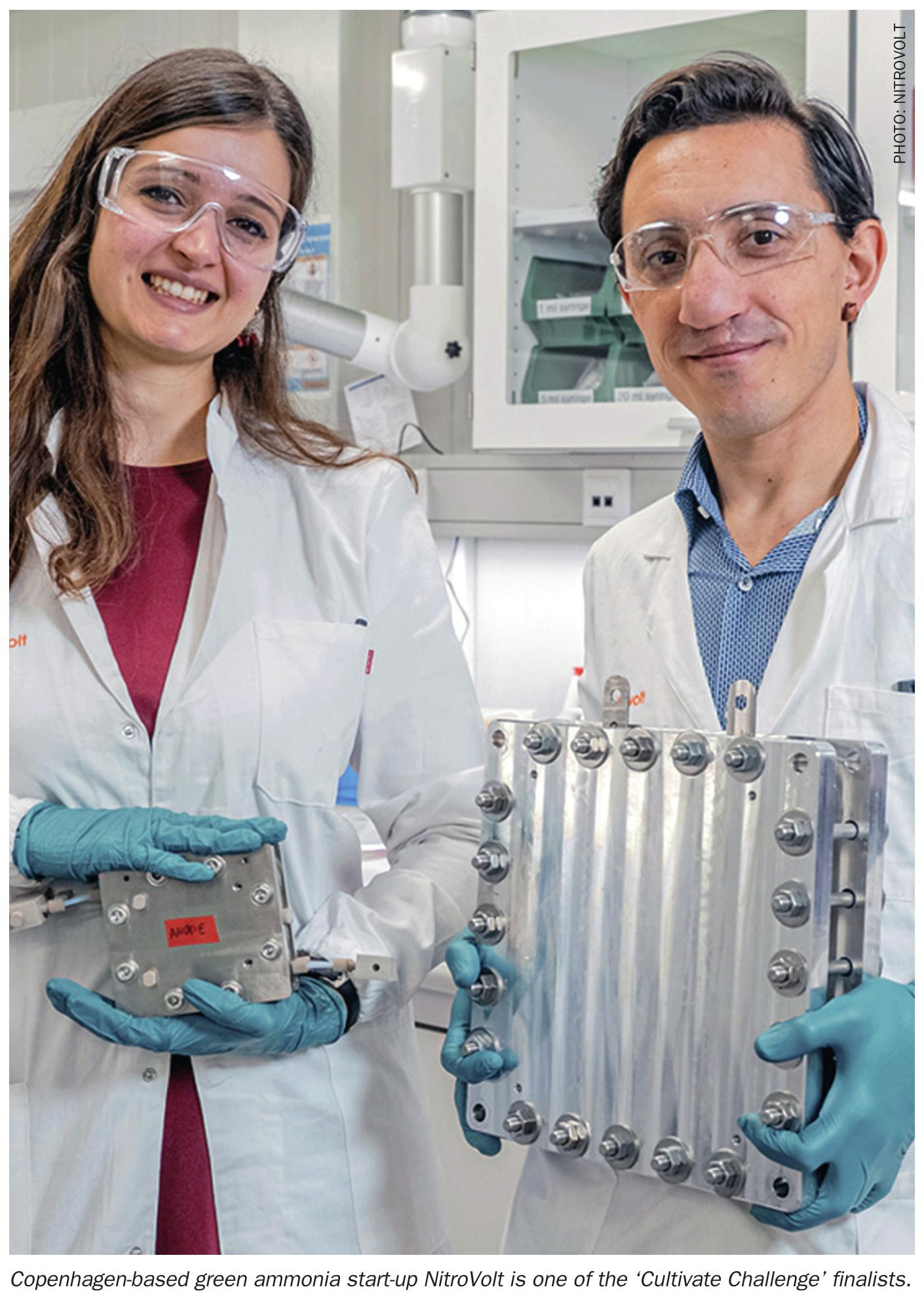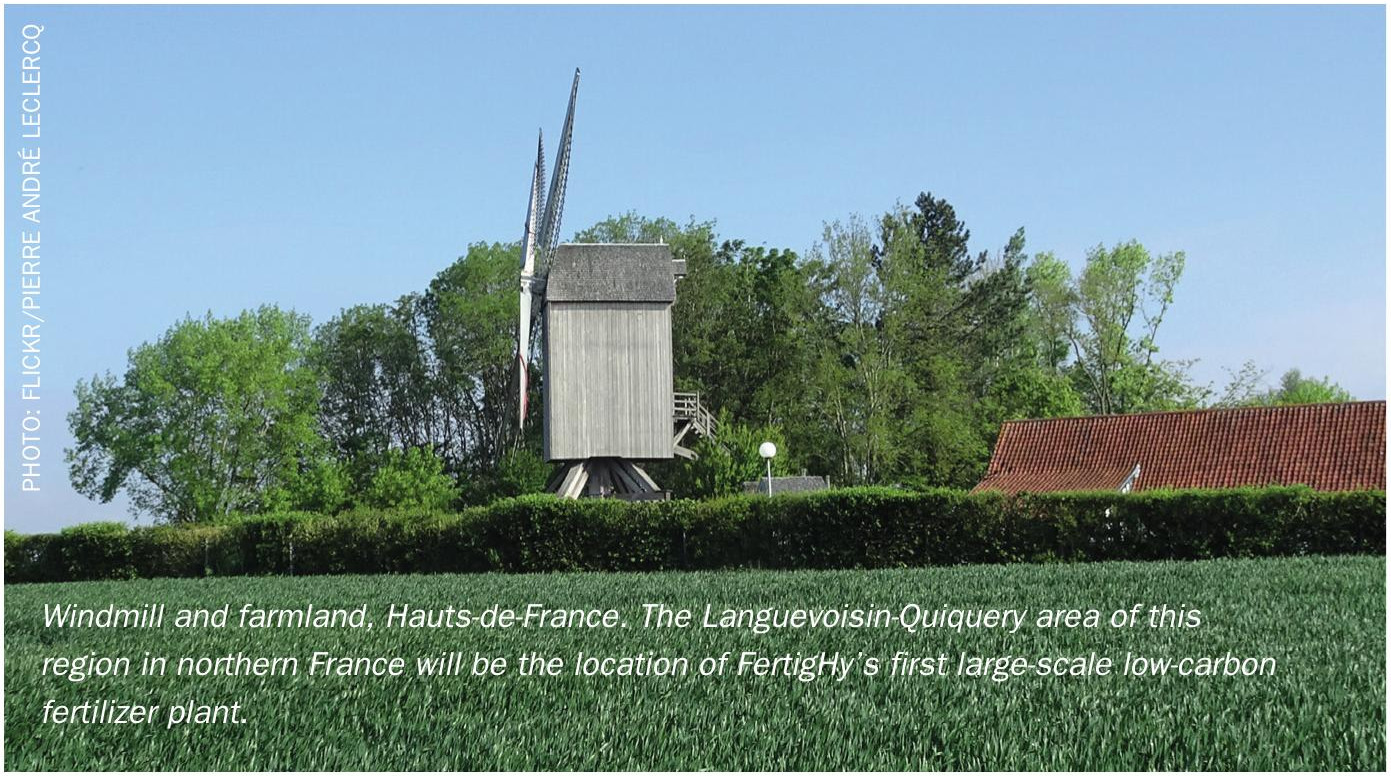Nitrogen+Syngas 375 Jan-Feb 2022

31 January 2022
The IFA/IEA Ammonia Technology Roadmap
AMMONIA TECHNOLOGY
The IFA/IEA Ammonia Technology Roadmap
Last year the International Energy Agency (IEA), in conjunction with IFA, published the Ammonia Technology Roadmap, which looks at ways of achieving decarbonisation of the nitrogen fertilizer industry by 2050. In this article we look at the scenarios and technology options that will define the industry over the next three decades.

The ammonia industry is one of the most crucial parts of the chemical sector. Ammonia is the second largest chemical produced by tonnage in the world, after sulphuric acid, with 185 million tonnes manufactured in 2020, according to IFA. As the key way of fixing nitrogen, the Haber-Bosch process is responsible for virtually all nitrogen fertilizer produced, with the ammonia being converted into urea, ammonium nitrate, ammonium phosphate and other compounds. Around 70% of all ammonia produced is destined for use as a soil nutrient, with the other 30% providing feedstock for a range of industrial applications, from nitric acid and caprolactam to, hydrazine, polyurethane, metallurgy, water treatment and, via urea solutions, for nitrogen oxide scrubbing in diesel engines.
Production of ammonia is very energy intensive, however. Depending on the feedstock used for its production, ammonia averages around 2.4 tonnes of carbon dioxide emitted per tonne of ammonia produced; twice as much as steel per tonne, and four times as much as cement. This means that direct emissions from ammonia production currently amount to 450 million t/a of carbon dioxide equivalent (CO2 e) globally – comparable to the total energy emissions of South Africa. Indirect CO2 emissions are around a further 170 million t/a CO2 e per year, and stem from two main sources – electricity generation and urea hydrolysis in soils, with further contribution from N2 O emission from downstream nitric acid production. This makes ammonia responsible for over 1.75% of all CO2 emissions.
Reducing emissions
Ammonia consumption is likely to grow, to help feed an increasing and increasingly more affluent global population. At the same time, the threat posed by climate change means that governments around the world are trying to reduce carbon equivalent emissions of human activity towards net zero by 2050. This will mean significant changes for the ammonia industry over the coming three decades.

Table 1 shows the relative carbon intensities of a variety of production processes for ammonia. Most ammonia today comes from the first two routes; processing natural gas using either steam methane reforming (SMR) or autothermal reforming (ATR). However, China, which is responsible for around 30% of ammonia production, is heavily biased towards coal gasification, as are a number of smaller producers such as Vietnam and South Africa. Production from oil fractions or water electrolysis together amount to only 4% of ammonia production at present (Figure 1).
As part of its look at current ammonia production technology and how emissions might be reduced, the study recently published by IFA and the IEA also considers methane pyrolysis, though it admits that no commercial-scale installations currently exist, and the technology is still under development. The process involves using very high-temperature heat provided by electrical plasma to split methane into its constituent hydrogen and carbon atoms, without burning it. Instead of CO2 , the carbon output is in the form of solid carbon, which can be sold for use in certain carbon black applications, or otherwise stored/sequestered. The first commercial facility producing ammonia from methane pyrolysis-derived hydrogen is expected to come on-stream in 2025, producing what developer Monolith Materials call ‘turquoise’ ammonia.
While use of carbon capture and storage (CCS) – so-called ‘blue’ ammonia production – could dramatically reduce emissions from fossil fuel-based production, at present only small volumes of CO2 are captured and sequestered from ammonia production; around 1.5 million t/a of total production. Projects that have already been announced could convert another 2.5 million t/a of fossil fuel-based production to carbon capture and storage by 2030, and around 3 million t/a of production to ‘green’ water electrolysis based on renewable feedstocks, but this would still only represent around 4% of total ammonia production.
Production cost
Of course, ammonia production is very sensitive to production cost; one reason why it has gravitated towards natural gas-based production. Feedstock cost is the main cost in ammonia production, although capital expenditure and pay-down can also be substantial for a new plant. Where higher capital cost routes like gasification are used, it is usually because the feedstock is available at comparably lower cost.

Among the emerging routes to low carbon ammonia there are two main categories; those using carbon capture and storage and those using electrolysis-based routes. CCS routes are similar in cost to their unabated counterparts because they are in regions with the lowest capex and energy costs. The slightly higher cost for the CCS-equipped route (10-25% for the natural gas-based routes and 15% for coal gasification) is attributable to slightly higher energy consumption, CO2 transport and storage costs, and the increased cost of capex and opex for the capture equipment. The cost of the electrolysis path, conversely, is mainly dependent on the cost of the electricity used, over 90% of which is consumed by the electrolyser. Where a dedicated variable renewable energy (VRE) source is used, capex is higher as a proportion of cost than if the plant is able to hook up to a local grid, in part due to the lower capacity factor for a solely local renewable energy source.
For methane pyrolysis and biomass gasification, the cost is more uncertain due to the lack of a commercial-scale plant in operation today. Cost premiums for biomass appear to be very large, owing to the very high energy intensity (37 GJ/t including feedstock) and the relatively high cost of bioenergy. Costs for methane pyrolysis depend upon revenue obtained from sale of the carbon black co-product. This can be around $360/t, but the market is not large enough to absorb large numbers of pyrolysis based ammonia plants.
Scenarios
The IEA/IFA Technology Roadmap uses scenario analysis to explore three possible futures for ammonia production; Stated Policies; Sustainable Development; and Net Zero Emissions by 2050.
The Stated Policies scenario is relatively self-explanatory; it assumes that progress over the next 30 years occurs via currently stated government policies, in line with commitments made at the COP-26 meeting in Glasgow, and it projects forward current trends in consumption and production. This would see ammonia production increasing by 37% by 2050, driven primarily by economic imperatives and population growth. Emissions from ammonia production fall by about 10% under this scenario. This puts cumulative direct emissions from ammonia production under current trends amount to around 28 Gt between now and 2100, equivalent to 6% of the remaining emissions budget associated with limiting global warming to 1.5°C. The report assumes that this is an unsustainable outcome.
Sustainable Development assumes that governments fully align with the goal of the Paris Climate Agreement for an eventual rise in global temperatures of “well below 2°C”. Here, the implementation of strategies for improving end use efficiency of ammonia, especially in nitrogen fertilizer application, lead to slower growth in total production, amounting to an increase in consumption of 23%. In this scenario, direct CO2 emissions from ammonia production fall by over 70% by 2050 relative to today, with nutrient use efficiency measures contributing 20% of that fall. Energy efficiency measures contribute about 25% of emissions reductions in this scenario, including adoption of best available techniques (BATs), operational improvements, and switching from coal-based production to less energy intensive gas-based production (fuel switching contributes 10% of emissions reduction in this scenario). However, the largest share of emissions reduction comes from deployment of near-zero-emissions technologies, including electrolytic hydrogen generation (30% of emissions reduction) and CCS (15%). This requires more than 110 GW of electrolyser capacity and 90 million t/a of CO2 storage by 2050.
Finally, the Net Zero Emissions by 2050 Scenario describes a trajectory for the ammonia industry that is compatible with reaching net zero emissions globally for the energy system by 2050, where emissions fall by 95% by 2050. In this scenario, the additional emission reductions compared to the Sustainable Development scenario are driven by even more rapid deployment of electrolysis and CCS technologies. The difference between the components of these scenarios is one of degree, not of direction.
Near-zero-emission technologies are not yet available at commercial scale in the marketplace. CO2 separation is an inherent part of ammonia production today, but permanent storage of the CO2 is not yet widely adopted. Electrolysis-based ammonia production has already been conducted at scale using high load factor electricity, but challenges remain to use hydrogen produced from VRE. The Sustainable Development Scenario requires $14 billion in annual capital investment for ammonia production to 2050. Of this, 80% is in near-zero-emission production routes. The Net Zero Emissions by 2050 Scenario in fact requires only slightly higher annual investment: $15 billion per year to 2050.
Reducing nitrogen demand
In 2020 annual global nitrogen demand reached 152 million t/a. The IEA/IFA Stated Policies Scenario assumes that demand for nitrogen grows by another 40% by 2050, reaching 208 million t/a, equivalent to an average annual growth rate of about 1.0%. This is slower than the 1.7% average for 2010-2020, but assumes that China’s rapid industrial development in the first two decades of the 21st century is not repeated, as its economy shifts towards higher-value manufacturing and a larger share of consumption-led growth. This slows industrial ammonia demand from around 4% per year to 1.3%. Demand for fertilizer is assumed under that scenario to continue to grow at its current rate; around 0.9% year on year.
At a global level, nitrogen demand for fertilizers was 14 kg per capita in 2018, varying from 35 kg in the United States, 22 kg in Brazil, 20 kg in China and 13 kg in India. In general, mature economies see declining demand per capita due to mature markets and pursuit of nutrient use efficiency (NUE) measures. In the report’s Sustainable Development Scenario, a more assertive pursuit of measures to improve NUE leads to slower total nitrogen demand growth of 0.7% per year, and hence a total nitrogen demand increase of 25% by 2050 instead of 40%. This also assumes that the use of urea-based fertilizers declines by 28% by 2050 compared to today, replaced by ammonium nitrate and calcium ammonium nitrate. Urea is dominant today due to its high nitrogen content (46%) and greater convenience for storage, transport and application relative to the other derived fertilizer products. However, in the context of a sustainable future for energy and agricultural systems, urea has the disadvantage that its production requires CO2 that is later released during hydrolysis after its application to the soil. This CO2 from urea use – around 130 million t/a CO2 e in 2020 – is equivalent to about 30% of the total emissions from ammonia production, and hence the Sustainable Development Scenario sees greater uptake of AN and CAN, which do not release CO2 during their use.
Further demand contractions are assumed to come from increased NUE. In the Sustainable Development Scenario NUE improves such that global demand for ammonia for conventional uses is 5% lower in 2030 and 10% lower in 2050 compared to the Stated Policies Scenario. The greatest potential for demand reduction comes from the largest end use, fertilizers, accounting for 65% of the reduction in 2050. Plastics recycling accounts for about 10% of the reduction, driven by an increase in the average plastics collection rate to 50% by 2050, relative to 16% today. Other measures in industry and other end uses account for the remaining demand reduction.
Aside from conventional applications, the Sustainable Development Scenario and Net Zero Emissions by 2050 Scenarios also see growth in ammonia demand for use as an energy carrier, primarily as a maritime fuel and in the power sector. In addition to the 230 million t/a of ammonia demand from conventional uses in 2050, 125 million t/a of ammonia is assumed to be used as an energy carrier – this brings total ammonia demand to 355 million t/a; about twice the 185 million t/a produced in 2020.
Reducing emissions from production
This is a difficult task to achieve in only 30 years, because existing assets, especially written-down assets, have a momentum of their own. Ammonia production facilities have long lifespans, often of up to 50 years. The current average age of installed ammonia capacity is around 25 years since start-up, but this figure varies widely from region to region. In Europe it is more like 40 years, compared to just 12 years in China, where a lot of new capacity has been built in the past 20 years.
While encouraging progress on near-zero-emission technologies is being made, these emerging routes are typically 10-100% more expensive per tonne of ammonia produced than conventional routes, depending on energy prices and other regionally varying factors, and technologies which modify or are otherwise able to use existing capacity are likely to make more headway.
Nevertheless, in both the Sustainable Development and Net Zero Emissions scenarios, most of the emissions reductions from the industry come from deployment of near-zero-emission technologies. Under sustainable development, 70% of the industry would be using such technologies by 2050, comprising 20% natural gas with CCS and 25% electrolysis (see Figure 2). This total figure rises to 95% for Net Zero Emissions, comprising 20% gas+CCS and 40% for electrolysis. This means rapid deployment of new infrastructure. The Sustainable Development Scenario requires more than 110 GW of electrolyser capacity and 90 million t/a of CO2 transport and storage infrastructure by 2050. This means installing on average ten 30 MW electrolysers (the largest facility in operation today) per month and 1 large capture project (annual capture, transport and storage capacity of 1 million t/a CO2 ) every four months between now and 2050.
How to get there
The report acknowledges that governments will need to play a central role in achieving change on such scale. It advises that governments will need to establish a policy environment supportive of ambitious emission cuts by creating transition plans underpinned by mandatory emission reduction policies, together with mechanisms to mobilise investment. Targeted policy is also required to address existing emissions-intensive assets, create markets for near-zero-emission products, accelerate research and development and incentivise end-use efficiency for ammonia-based products. Governments should ensure that enabling conditions are in place, including a level playing field in the global market for low-emission products, infrastructure for hydrogen and CCS, and robust data on emissions performance.

But other stakeholders will also have a crucial part to play. Ammonia producers will need to establish transition plans, accelerate R&D activity, and engage in initiatives to develop supporting infrastructure. Farmers and agronomists will have to prioritise best management practices for more efficient fertilizer use. Financial institutions and investors will need to use sustainable investment schemes to guide finance towards emission reduction opportunities. Researchers and non-governmental organisations can help develop labelling schemes, continue research on early stage technologies and galvanise support for key technologies.
And the timescale is relatively short for such radical change. The current decade – from now to 2030 – will be critical as a period in which to lay the foundation for long-term success, with around 10% of cumulative emission reductions to 2050 taking place by then in both the Sustainable Development Scenario and Net Zero Emissions by 2050 Scenario. Vital near-term actions include establishing strong supportive policy mechanisms, taking early action on energy and use efficiency, developing supporting infrastructure, and accelerating R&D.
The ammonia industry may be on the cusp of perhaps the most dramatic period of change in its history, equivalent to the switch from coal to natural gas based production in the 1950s, 60s and 70s. It may see widespread closures in areas where it has been long-established, such as China, and a move to areas where there is abundant solar power, such as the Middle East, North Africa and Australia. It will be a challenge for producers and consumers alike. But the rewards could be considerable for those who are able to master the technologies, and of course for the planet as a whole.


